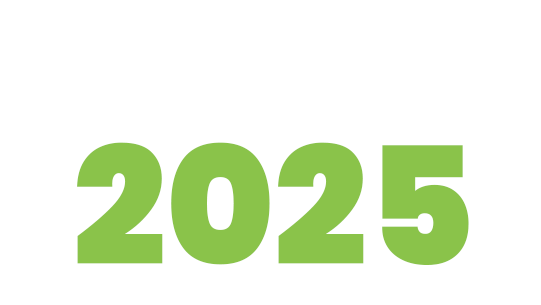
Experimental characterisation of bioprinted hydrogels under consideration of printing processes
Please login to view abstract download link
Sodium alginate can be used for skin and bone tissue engineering [1, 2]. Although the effe cts of chemical composition on printability and hydrogel stiffness have been experimentally investigated [3], the interplay between printing processes and the resulting mechanical and physical properties of printed hydrogels remains a matter of debate. In order to improve the compatibility and tunability of bioprinted hydrogels, this experimental study investigates the mechanical behaviour of sodium alginate frabricated by the extrusion technique at different structural scales, with the aim of elucidating the relationships between the printing process and the functions of bioprinted hydrogels. Considering the two main steps to achieve a stable hydrogel shape, bioprinting and post-processing, different experimental approaches are applied, including rheological tests, swelling tests and compression tests. Frequency sweep tests on bioinks and printed layers aim to investigate the influence of the extrusion process on the rheological properties, while swelling tests aim to investigate the water adsorption kinetics driven by the chemical gradient during the soaking post-process. In addition, compression tests on printed hydrogels with different deformation states are will be performed to investigate the viscoelastic behaviour of the hydrogel in relation to the differently prepared sodium alginate bioinks. Experimental results show significant variations in mechanical performance across structural scales, bioprinting protocols and bioink compositions. This experimental framework elucidates critical linkages between bioprinting processes and functional outcomes, providing necessary data for material modelling from bioinks to bioprinted hydrogels. By disentangling the coupled contributions of swelling, viscoelasticity and nonlinear elasticity, the experimental study provides a basis for material modelling and parameter identification, which benefits accurate design of scaffold structure and bioprinting protocols.

